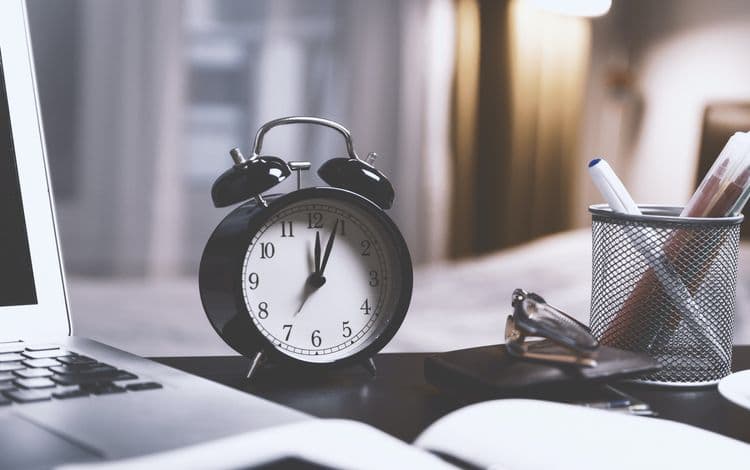Let's start by looking at regular everyday office meetings. A recent poll found that only 2% of such meetings begin when they're supposed to. Accredit this to Wi-Fi glitches, people showing up late, and platform instability, and we can see the problem. A study conducted within the past couple of months reveals some of the biggest delays and setbacks hampering the modern-day workplace meeting—be it on-site or also, those remote meetings. A few of the findings:
- Over fifty percent say that the primary reason for the delayed start of their office meeting can be attributed to people arriving late.
- Nearly 45% said that large portions of meetings are disrupted by small talk and conversations not relevant to the topic at hand.
- 36% report that technology failures and other such issues consume the bulk of the meeting.
- And an amazing 60% say that the hold up is the fault of attendees who cannot find the appropriate room.
So why so many delays? Why are businesses having a difficult time streamlining the meeting process and thereby making sure that they optimize their time rather than waste it…Even something as trivial as choosing where to sit has been cited as a reason for meeting delays. Truly, in some ways, we are becoming a country of professional timewasters. Below is a more detailed breakdown concerning some of what the report found regarding meeting delays and wasted time.
Delays Attributed to People
As noted, the whole question of where to sit has something of a hand in throwing the meeting dynamic off. An astounding 65% said that they spend at least five minutes of the meeting time trying to figure out where to sit. And this can even be broken down by gender. The study found that men take an additional two minutes to determine their seat as they seem to be less decisive on that front. Another 60% said that setting the proper temperature in a conference room before a meeting is another timewaster that can eat up as much as five minutes or more.
Another people-related delay: daydreaming. Yes, the survey discovered that twenty percent of those asked said that they spend at least ten minutes daydreaming during an actual meeting. And of the millennials surveyed, some even answered that they have fallen asleep during a work meeting.
Which brings us to generational timewasting. Those in the 55 or older group said that small talk is the biggest distraction during an office meeting. Both Gen Z and Millennials cited tech problems and set up as the number one killer of time as on average it takes approximately ten minutes to get laptops up and running and ensure conference calls are set to go.
Delays Because of Technology
Perhaps among the most significant hindrances to an otherwise smooth meeting: technology glitches. A whopping 99% in one survey suggested that yes, technology set up and consequent failures were among the main causes of meeting delays. One in ten people asked said that they've spent as much as an hour of actual meeting time trying to get technology to act as it should. And Wi-Fi errors seem to lead the pack. Some say they spend the entire meeting simply trying to connect to an unresponsive server.
When it comes to presentation set up, ninety percent claim to have spent up to thirty minutes of the meeting just attempting to get them set upright. And in terms of how these numbers shake out generationally, it is a bit surprising. 40% of Millennials surveyed said that they were unable to finish the presentation set up before a meeting starting; whereas, of the Gen Xers asked, only 30% had this same issue.
And it's not merely technology-based errors or set up problems that add to the time-wasting aspect of a meeting. Over sixty percent said that they do check their messages during work meetings. The amount of time spent on checking such messages: right around twenty minutes. Checking emails was also a time-wasting culprit—as many claims to spend approximately ten minutes on this task rather than staying focused on the conversation at hand.
Timewasting Differences By Region
The study conducted also found that time-wasting practices tended to vary from state to state. The biggest timewasters proved to be those in the Midwest. It was shown that just over sixty percent of attendees show up late to meetings. In the Southeast that number is right around 58%, Northeast 55% and the Southwest has the lowest number of late participants at 45%. The Midwest also leads the way when it comes to distractions by small talk and off-topic conversations, with just over fifty percent admitting to this behavior. In the other areas the small talking culprits come in as follows: 40% in the Northeast, a little over 45% in the Southeast, and just over forty percent in the Southwest. The question of seat choice…Yet again, the Midwest leads the way as the most indecisive region regarding his particular choice. Near eighty percent of those surveyed in the Midwest say that they take at least five minutes choosing where to sit.
The Midwest region also spends the most amount of time adjusting the meeting room temperature. Near eighty percent said that they spend five or more minutes engaged in this activity. In the other regions, temp adjustment time-wasting accounts for just over seventy percent in the Southeast, 65% in the Southwest, and 60% from the Northeast.
As is pretty clear, Americans can find ways to eat up meeting time quickly—and not necessarily with relevant business.
At First Union Lending, we work with small businesses in all regions. We provide fast and flexible business loan programs custom-tailored to each client. From short term loans to lines of credit, we have a financial solution for you!
